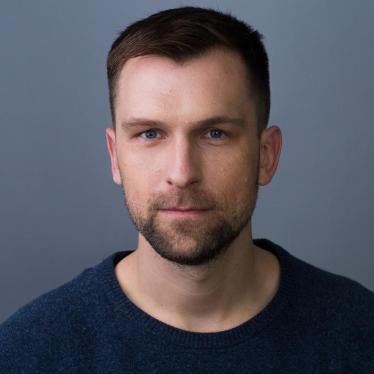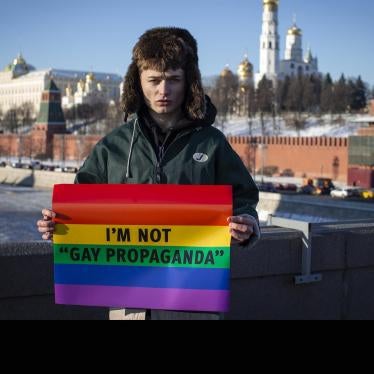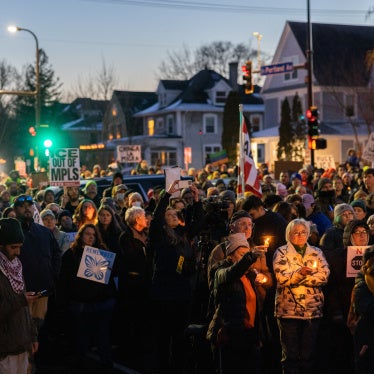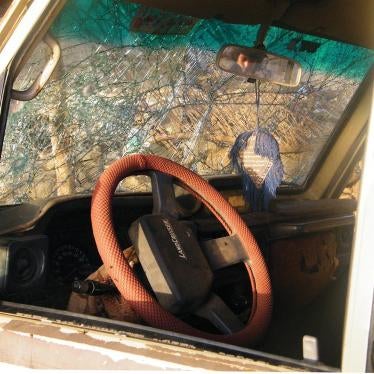Sweden’s recent decision to open the “world’s first” men’s rape clinic is a welcome move, offering up a model for sexual violence care that includes men and boys. For transgender people – who face high levels of sexual violence and inadequate care – this is a particularly welcome development.
Because women are predominantly victims and men perpetrators when it comes to sexual assault, discussions on how to prevent sexual violence and care for victims can mean men, as well as transgender people – whose gender identity differs from the sex they were assigned at birth, and possibly the sex legally recognized by their governments – fall between the cracks.
According to UNAIDS, the Joint United Nations Programme on HIV/AIDS, sexual violence is one of the “fundamental drivers” of HIV vulnerability among transgender women worldwide. Seeking care after rape is often fraught; for example, 62 percent of transgender men in the United States report they have had to teach their healthcare providers how to care for transgender people.
Around the world, including in conflict situations where rates of sexual violence spike, male victims often face extreme stigma. A 2014 report by DCAF, a security sector nongovernmental organization in Geneva, cited cases of sexual violence against men in 35 armed conflicts.
Addressing the issue requires upending some fundamental assumptions. As the Geneva Declaration, an initiative coordinated by the government of Switzerland and the United Nations Development Programme, and signed by 100 states, said in a 2011 report: “Focusing on gender rather than women allows one to include gender-based violence against men and boys as well as gay, lesbian, transgender, and transsexual people."
At a policy level, attention is shifting slowly to acknowledge that a broader understanding of sexual violence victimization is crucial.
A 2014 report on sexual and gender-based violence in humanitarian emergencies by the Overseas Development Institute noted “calls for gender-based violence prevention and response in humanitarian settings to focus on a wider range of gendered and sexualised violence, such as sexual violence directed at men in conflict, and violence against gay, lesbian, transgendered and intersex people.”
A June 2014 International Criminal Court policy paper included a discussion on considering sexual orientation as part of sexual violence—signaling a move toward broader consideration of LGBT people’s plight.
Sweden’s move to make rape care inclusive across the gender spectrum should stand as a model. Violence affects everyone regardless of sexual orientation or gender identity; and no one should be excluded from prevention and care.









